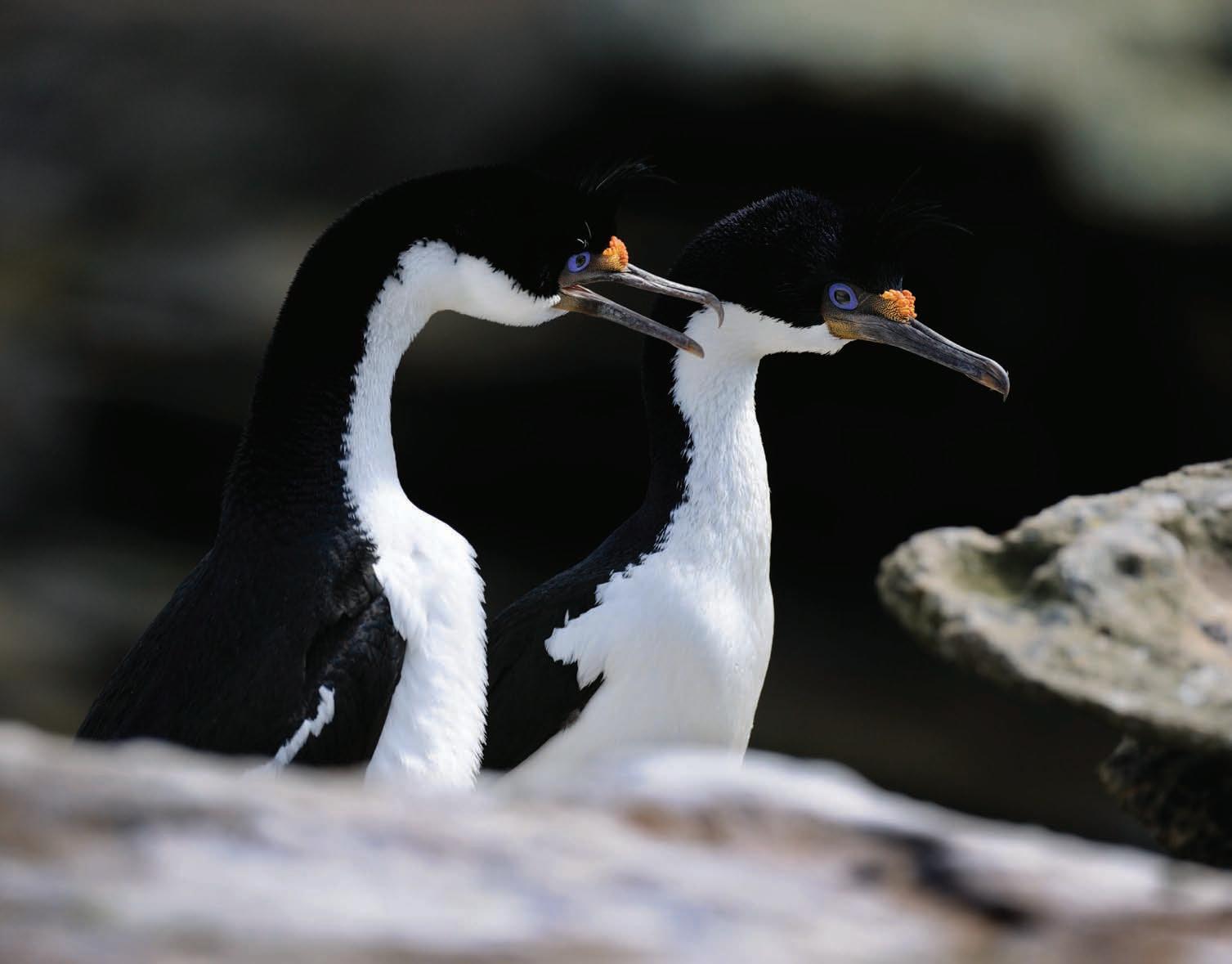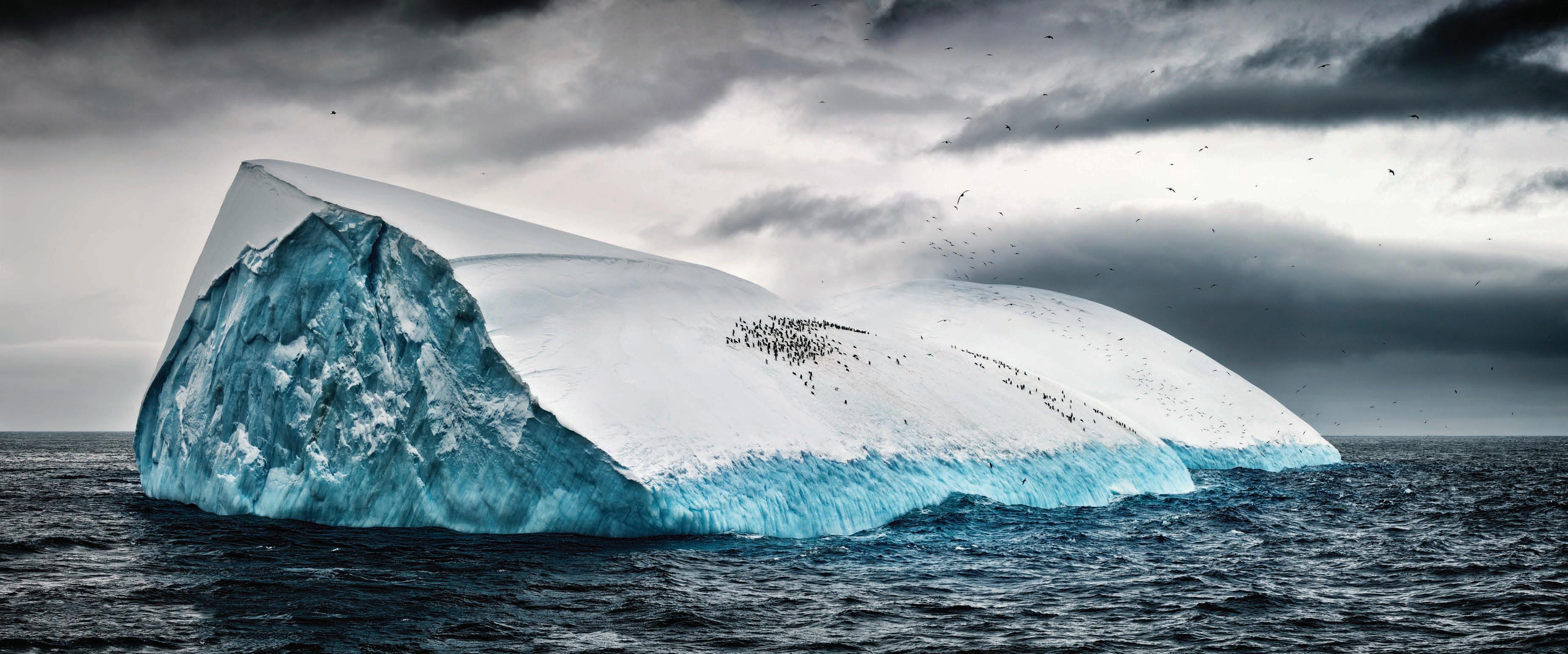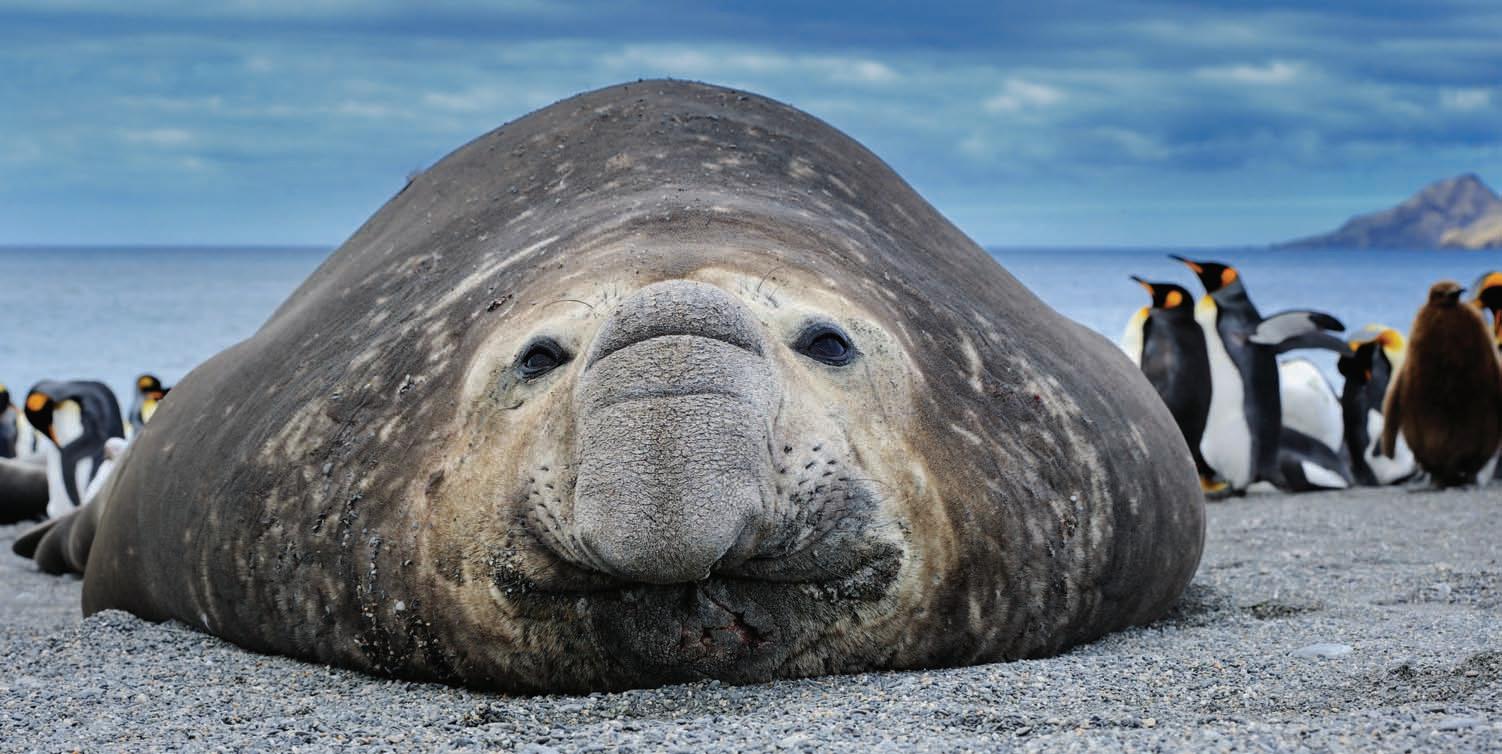
First published in Great Britain in 2015 by Papadakis Publisher
An imprint of New Architecture Group Limited
Kimber Studio, Winterbourne, Berkshire, RG20 8AN, UK info@papadakis.net | www.papadakis.net
@papadakisbooks PapadakisPublisher
Publishing Director: Alexandra Papadakis
Design Director: Aldo Sampieri
Editor: Sheila de Vallée
Production: Dr Caroline Kuhtz
Production Assistant: Christine Edelmann
ISBN 978 1 906506 58 2
Copyright ©2015 Alex Bernasconi and Papadakis Publisher.
All photographs and text ©2015 Alex Bernasconi, unless otherwise stated below. foreword ©2015 Julian Dowdeswell, Introduction © 2015 Peter Clarkson. p.201 (top) © E.K. Dowdeswell; p.201 (bottom) © Collection Peter Clarkson; p.202 © Scott Polar Research Institute, University of Cambridge.
All rights reserved.
Alex Bernasconi hereby asserts his moral right to be identified as author of this work.
No part of this publication may be reproduced or transmitted in any form or by any means, electronic or mechanical, including photocopy, recording or any other information storage and retrieval system, without prior permission in writing from the Publisher. A
Pages 2–3: Blue iceberg with Adélie penguins, near the South Orkney Islands. The first impression was of a dull, dark iceberg but suddenly an opening in the thick clouds shone a spotlight on it and revealed its extraordinary colour.
Page 4:
CIP catalogue record of this book is available from the British Library. Printed and bound in China.
Cave iceberg at Brown Bluff, a tuya (a volcano that erupted under ice) located at the northern tip of the Antarctic Peninsula.
ANTARCTICA Maps of the continent and its peninsula 8 FOREWORD Professor Julian Dowdeswell 10 INTRODUCTION Dr Peter Clarkson 14 BLUE ICE Alex Bernasconi 30 ABOUT THE AUTHOR 199 ABOUT THE CONTRIBUTORS 201 THE SCOTT POLAR RESEARCH INSTITUTE 203 ACKNOWLEDGMENTS 204 CONTENTS


ANTARCTICA
Polar Stereographic Projection 100 200 300 400 500 600 miles 0 200 400 600 800 1000 kilometres 0

9 ANTARCTIC PENINSULA Polar Stereographic Projection Route taken by Alex Bernasconi 100 100 200 50 0 kilometres miles 0 50 50 100 150 00

52

53



65




114
Above and opposite: Elephant seal bull at St. Andrews Bay, South Georgia.


152
Portrait of a fur seal, King Edward Point, South Georgia.






202
scott, shackleton and Wilson prepare to depart for the south Pole, standing in front of the laden sledges in full sledging outfits.
Photo © scott Polar research institute, University of cambridge
researc H ins T i TUT e
The scott Polar research institute (sPri) was established as a national memorial to captain robert Falcon scott and his four companions – Henry bowers, edgar evans, lawrence oates and edward Wilson – who died on their return from the south Pole in 1912. scott’s commitment to science is central to the institute’s mission – world-class research in polar science and exploration.
Frank Debenham, geologist on scott’s Terra Nova expedition, formed the idea for a centre or institute to collect information about the arctic and antarctic, and as a place for scientists and polar explorers to meet. The institute was founded in 1920 in cambridge – its initial building was erected in 1934 and has been extended several times to house its sixty or so staff and research students.
The institute is a centre of excellence for the study of the arctic and antarctic, its staff undertaking research in the natural and social sciences – research topics range from the flow-dynamics of glaciers and ice sheets to the culture of the reindeer herders of siberia and economic and social change in the canadian arctic and Greenland. The sPri also houses the world’s premier polar library, and archives and historic photographs on the history of polar exploration, science and culture. in addition, britain’s only dedicated Polar Museum, with displays on the history and contemporary significance of the polar regions, is a part of the institute.
For almost a century, the sPri has served as an unrivalled source of polar information and expertise, providing a strong core of intellectual activity focused on the arctic and antarctic and their adjacent seas. The importance of the polar regions lies in their contemporary significance in the context of global environmental change, and in the history of their exploration, which includes first encounters and subsequent interactions with the indigenous peoples of the north. The i nstitute provides authoritative information on a variety of polar topics including issues of climate change and the management of natural resources. its broad audience ranges from school children, the general public and policy-makers, to students and scholars of the University of cambridge and researchers from other higher education institutions worldwide.
The sPri’s faculty members are Fellows of cambridge colleges and all teach on undergraduate courses in cambridge. about thirty science and social-science doctoral and masters students are
based in the i nstitute, the latter taking our Master of Philosophy course in Polar s tudies. s taff and research students are regularly involved in polar fieldwork, including recent projects in, for example, Greenland, s valbard, r ussian s iberia, a rctic c anada and a ntarctica. These field research programmes are supported by grants from the UK research councils and other private foundations and trusts.
The i nstitute’s Polar Museum engages and informs its visitors about polar history and science, utilising the resources of the i nstitute’s historic collections and current scientific research. i t was recently transformed with support from the Heritage l ottery Fund and many generous private donations, reopening in June 2010 to commemorate the centenary of the departure of s cott’s Terra Nova from l ondon. The moving last letters, found with the bodies of s cott, Wilson and b owers at their final camp on the r oss i ce s helf, are displayed alongside Wilson’s b ook of c ommon Prayer and c aptain o ates’ sleeping bag. The original diaries from s ir e rnest s hackleton’s four a ntarctic expeditions are also part of our collection. The Museum welcomes about 50,000 visitors each year.The i nstitute’s a rchive and Picture l ibrary are internationally renowned as research resources for polar history, and are used intensively by scholars from around the world. The collections of the i nstitute include manuscripts, printed books and other objects of remarkable historical, cultural and scientific importance; drawings, paintings, artefacts, photographs, film and sound archives and other material charting the advance of geographical and scientific knowledge about the a rctic and a ntarctic, from the early days of their exploration to the present. These rich historic and academic collections have provided a basis for decades of scholarship.
Today, the use of the collections in research and public programmes is an important part of the institute’s role as a lasting memorial to the achievements and sacrifice of captain scott and the polar party. The institute’s scientific research on, for example, ice and environmental change, is also an important legacy of the early scientific endeavours of the expeditions of scott, shackleton and many others, and their investigations of the natural science of antarctica.
www.spri.cam.ac.uk
203





















